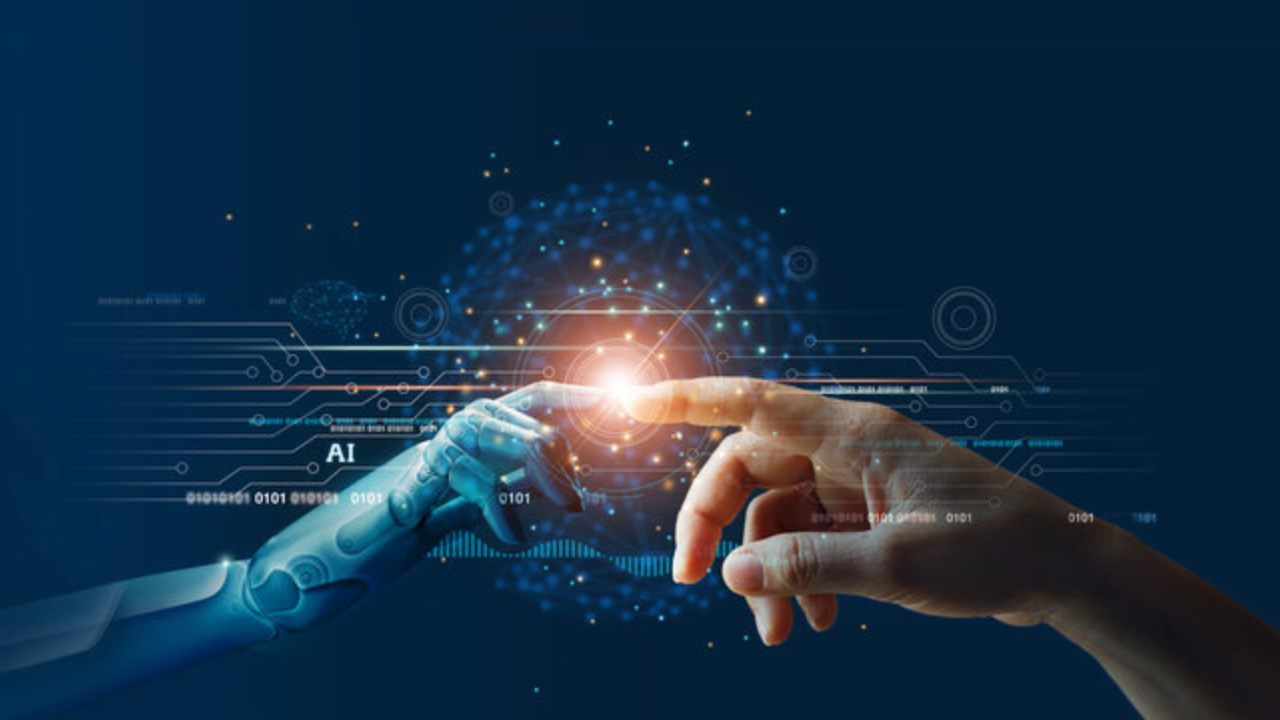In today’s fast-paced retail environment, the battle between AI and human customer service is often framed as an either-or scenario. But our Director of Fashion and Non-Food Retail, Aislinn Lea, says the real magic happens when these two forces work in tandem.
The rise of AI
Artificial intelligence, with its ability to mimic human cognitive processes, has revolutionised the retail industry. AI systems handle large volumes of data quickly and efficiently providing rapid responses to routine customer queries and identifying patterns that might go unnoticed by human agents. Tools like: AI chatbots and virtual assistants are already a staple in many retail businesses, offering 24/7 support and consistent, accurate answers to frequently asked questions. Implementing self-checkout tills is a clear example of how automation can change the retail landscape. Designed to improve efficiency and reduce costs, self-check-out systems allow customers to scan and bag their own items, supposedly speeding up the shopping process. However, this technology often falls short of expectations, where shoppers frequently encounter malfunctioning machines that require human assistance, leading to frustration and longer wait times.
Is human touch replaceable?
Despite AI’s impressive capabilities, human intelligence brings something that AI cannot sympathy, critical thinking, and nuanced judgment. These qualities are crucial when dealing with complex customer issues that require a deeper understanding and a personal touch. Take for example, a high-end fashion boutique. A customer walks in looking for the perfect outfit for a special occasion but is unsure where to start. AI might provide suggestions based on previous purchases or current trends, but it cannot match the personalised experience offered by a seasoned sales associate. The human agent can read the customer’s body language, ask probing questions and offer heartfelt advice, creating a shopping experience that feels both unique and memorable.
The challenges of AI
AI chat bots can significantly enhance customer service but can be frustrating if not well trained. “AI is only as good as its training model” Aislinn emphasises. Executives must align AI investments with costumer needs, understand online enquiry preferences and balance self-checkout versus traditional interactions. Retailers face a trade-off between self-checkout cost savings and the need for customer interaction and theft prevention. The true advantage lies in freeing staff from tills to assist customers directly on the floor, creating a more humanised approach. As AI models improve with human guidance, customer experiences will continue to enhance.
Striking the right balance
The key to successful customer service in the retail industry lies in finding the perfect balance between AI and employees. AI excels in handling high volume, routine tasks with speed and precision, allowing human agents to focus on customer service’s intricate, emotionally charged aspects. When AI is used correctly, it allows employees to provide a level of service that is both efficient and deeply personalised. The goal is not to replace humans with AI but to empower them to create an even better customer experience. As the retail industry evolves, AI and human intelligence collaboration will become increasingly important. Businesses that embrace this partnership will be better equipped to meet the diverse needs of their customers, offering a seamless blend of efficiency and personalised assistance. While AI has undoubtedly transformed the landscape of traditional customer service, the human touch remains irreplaceable. The best outcomes are achieved not by choosing between AI and humans but by combining their strengths to create something truly remarkable.
If you need assistance with retail recruitment solutions, please contact Aislinn Lea at aislinn@excelrecruitment.com

